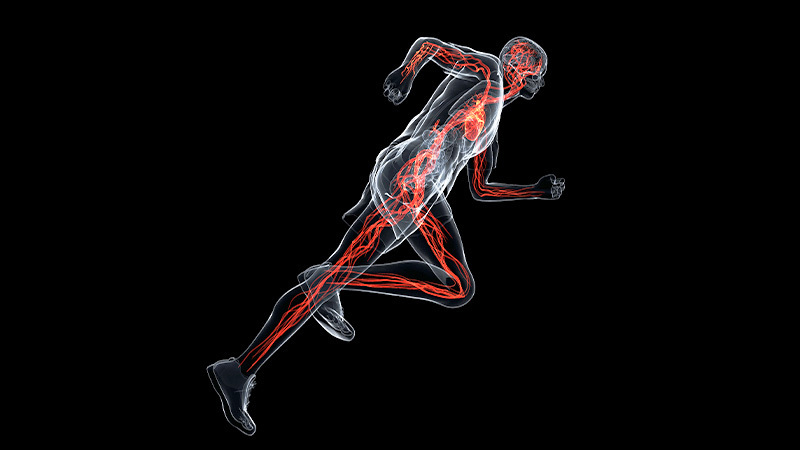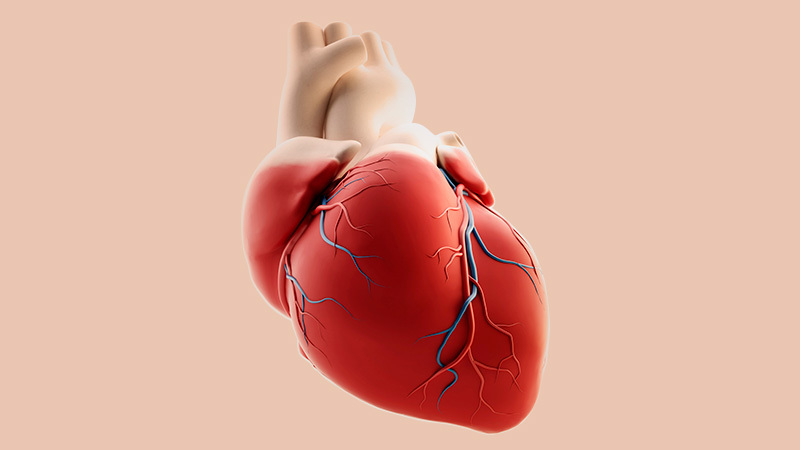The COLLABORATION study showed that in patients with coronary artery disease, the polymer-free BioFreedom biolimus A9 coated stent (PF-BCS), was superior to the durable polymer-based Xience everolimus-eluting stent (DP-EES) at 1 and 12 months after implantation. Although there was no difference in thrombus formation after 12 months, the strut coverage and plaque stabilization of PF-BCS was better than that of DP-EES, according to a presentation by Dr. Takayuki Ishihara of Kansai Rosai Hospital at the Hot-line Session at the 86th Annual Meeting of the Japanese Circulation Society.
Vascular Response to Drug-Coated Vs. Drug-Eluting Stents 1 and 12 Months after Implantation: The COLLABORATION Study
.jpg)
For this study, four institutions (Kansai Rosai Hospital, Osaka University, Osaka Rosai Hospital, and Kurume University) enrolled 105 patients (132 lesions) with multi-vessel coronary artery disease who were eligible for staged-PCI approximately 1 month after their first PCI. Vascular responses were compared at 1 month and 12 months after implantation; 51 (71 lesions) received PF-BCS and 54 (61 lesions) DP-EES implantation, with a follow-up at 12 months in 45 (63 lesions) and 51 (58 lesions), respectively.
There was no difference in patient background between the two groups, with a mean age of 72 years, diabetes in about 50%, current smoking in about 30%, and a history of PCI in about 30%.
Vascular Endoscopy Evaluation
The in-stent thrombus status was graded on a 3-point scale from grade ‘0’ to ‘2’ (grade ‘0’ meaning no thrombus, grade ‘1’ meaning one or scattered localized thrombus, and grade ‘2’ meaning diffusely cross-strut thrombus).
At 1 month, the PF-BCS and DP-EES groups showed the majority of thrombi in both groups, with 0% and 7% at grade ‘0,’ 22% and 17% at grade ‘1,’ and 78% and 76% at grade ‘2,’ respectively. At 12 months, the percentage of thrombi was much lower, with 82% and 75% at grade ‘0,’ 16% and 18% at grade ‘1,’ and 2% and 7% at grade ‘2,’ respectively. with no difference between the two groups at 1 month (p=0.66) and 12 months (p=0.43).
The neointimal coverage was graded on a 4-point scale from grade ‘0’ to ‘3.’1 (Grade ‘0’ referring to bare struts, grade ‘1’ referring to struts covered by neointima but protruding into the vessel, grade ‘2’ referring to struts buried within the neointima but observed transparently, and grade ‘3’ referring to struts covered by neointima and not observed.)
At 1 month, there was no difference in coverage status between the PF-BCS and DP-EES groups, with 67% and 72% at grade ‘0,’ 33% and 28% at grade ‘1,’ and zero at grades ‘2’ and ‘3’ for either group (p = 0.70). On the other hand, at 12 months, the PF-BCS group had a better grade ‘0’ with 2% and 14%. They also had 31% and 45% at grade ‘1,’ 13% and 23% at grade ‘2,’ and 55% and 18% at grade ‘3’ (p=0.001).
The yellowing of the stent was classified into 4 grades from grade ‘0’ to ‘3.’2 (Grade ‘0’ for white, grade ‘1’ for light yellow, grade ‘2’ for yellow, and grade ‘3’ for dark yellow.) Approximately 50% of both groups showed grade ‘3’ after 1 month of PCI (p=0.99); however, 33% of the PF-BCS group showed grade ‘0’ after 12 months compared to 11% of DP-EES group.
The DP-EES group showed a significant difference, with 47% and 45% for grade ‘1,’ 20% and 36% for grade ‘2,’ and 0% in the PF-BCS group for grade ‘3’ compared to 7% in the DP-EES group (p=0.012).
OCT Evaluation
The struts were classified as embedded, apposed, or malapposed immediately after PCI, and covered, uncovered, or malapposed at follow-up, depending on the distance between the strut and the lumen.3 4
At 1 month, there was no difference in the percentage of covered and inadequate strut coverage, but the percentage of malapposed struts was significantly higher in the DP-EES group (p=0.007). At 12 months, the PF-BCS group had a higher percentage of covered (p=0.024) and adequate strut coverage (p<0.001) and a lower percentage of malapposed struts (p=0.040) compared to the DP-EES group.
The neointimal thickness was not different between the two groups when evaluated at 1 month, but at 12 months, both maximum and mean neointimal thickness were thicker in the PF-BCS group (both p<0.001).
The multivariate analysis showed that PF-BCS was associated with an inadequate strut coverage (12.725 [95%CI 5.088-20.361] p=0.001), a maximum neointimal thickness (137.660 [95%CI 61.959-213.361] p<0.001), and a mean neointimal intima-media thickness (50.247 [95% CI 30.025-70.468] p<0.001).
Dr. Ishihara summarized, “PF-BCS showed a similar degree of thrombus formation at 1 and 12 months compared to DP-EES, but was superior in inadequate strut coverage and plaque stabilization at 12 months.”
- Kotani J, et al. J Am Coll Cardiol. 2006; 47: 2108-2111
- Ishihara T, et al. Int J Cardiol. 2019; 285: 27-31
- Jinnouchi H, et al. Circ Cardiovasc Interv. 2020; 13: e008869
- Saito S, et al. Eur Heart J. 2018; 39: 2460-2468
The 86th Annual Scientific Meeting of the Japanese Circulation Society
ご注意 当サイト内の全ての記事と動画の転載・転送はご遠慮ください。なお、法律上保護されたコンテンツの無許可の転載、複製、転用等は、当該コンテンツの権利者等から損害賠償請求その他の法的手続を申し立てられ、事案によっては処罰される可能性、また、故意にそれらを受け取った場合も同様の措置を受ける可能性がございます。ご不明な点がございましたら当社までご連絡ください。




